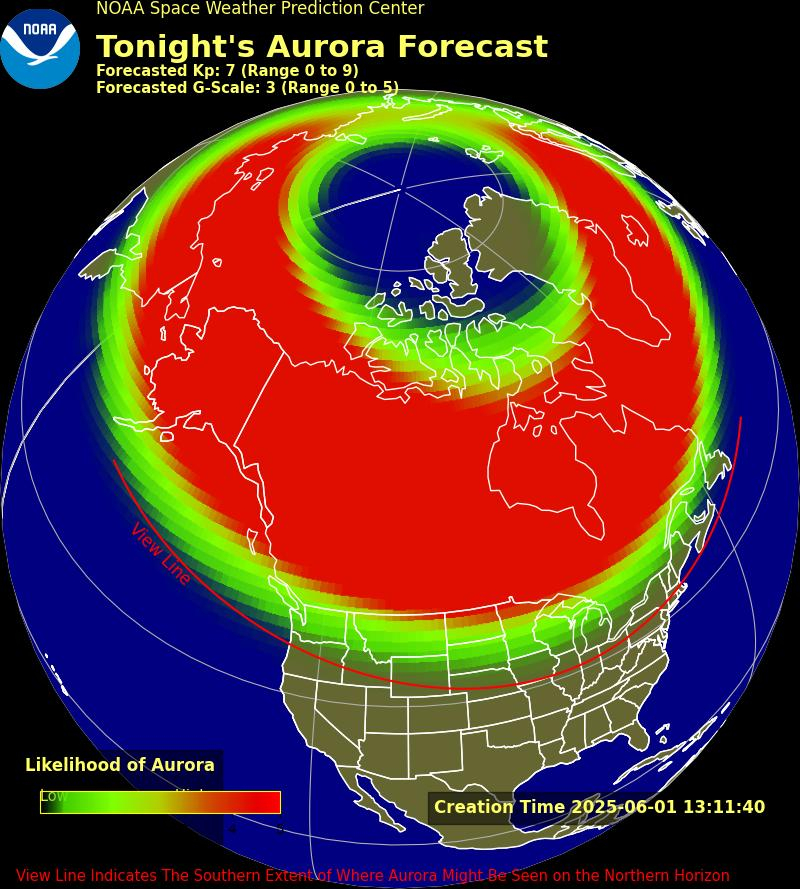New research suggests there are locations on the surface of Saturn’s moon, Enceladus, where spacecraft could land to scoop up pristine traces of the key ingredients for life. It’s believed that these biosignatures come from subsurface oceans within the world’s icy shell.
Enceladus has long been known to harbor organic molecules — compounds comprised of carbon, oxygen and nitrogen — in its subsurface oceans. Before it plunged to the surface of Saturn in 2017, the Cassini spacecraft flew through plumes of material erupting through fissures in the surface of Enceladus, detecting organic molecules like methane and ethane as well as other complex compounds reaching massive altitudes.
Around 90% of the larger grains in this material, launched thousands of miles over Enceladus, don’t actually escape the Saturnian system. Rather, they fall back to the surface of the Saturnian moon, scientists now say, where they can theoretically be collected and examined by spacecraft.
“We can learn a lot about potential biosignatures in Enceladus’ ocean by sending a mission to the surface of Enceladus. Previously, it was thought that in order to sample the freshest material from the Enceladus ocean, you have to fly through the plume and measure plume grains and gases,” Amanda R. Hendrix , a senior scientist at The Planetary Science Institute and research leader, said in a statement. “But now we know that you can land on the surface and be confident that your instruments can measure relatively pristine plume organics — sourced from the ocean.”
Some organic molecules in Enceladus’ plumes that could be the fingerprints of biological life, however, may be destroyed by ultraviolet (UV) from the sun. That means there is a desire to get to these molecules while they remain unspoiled.
“We know that Enceladus’ ocean is habitable thanks to Cassini measurements. We know there is liquid water, energy, and the chemicals carbon, hydrogen, nitrogen, oxygen, phosphorus and sulfur. These are the ingredients necessary for life as we know it,” Hendrix said. “If we want to find out if any ocean-derived biosignatures are present in the plume grains, we need these grains to be as pristine and unexposed to UV as possible.”
Hunting for pristine material on Enceladus
To locate a place on Enceladus where such pristine material would be available, Hendrix and the team analyzed data from the Hubble Space Telescope and Cassini spacecraft to see how deep photons of UV light can penetrate the surface of the moon.
“What we find in this study is that there are places on Enceladus’ surface where we could land with a spacecraft and take a sample — and we’d be measuring relatively pristine organics,” Hendrix said. “That’s because the solar ultraviolet (UV) photons just don’t penetrate very deeply into the icy surface.”
The team discovered that damaging UV photons only penetrate around 100 micrometers into the icy surface of Enceladus, which is just the width of a few human hairs.
“So that very top part of the surface gets exposed to those damaging UV photons, but only a percentage of the organics are chemically transformed, and then soon enough that material is covered up by fresher plume material,” Hendrix explained. “And the deeper grains don’t undergo more transformation — because the UV photons are prevented from interacting with the deeper material. The freshly deposited plume grains act as a shield for the underlying material. They act like a sunscreen!”

The results gathered by the team are useful because they tell scientists that missions to Enceladus will have an abundance of organics to sample without needing to delve too deep.
Related Stories:
“Because UV light readily alters organic molecules, the depth that such light travels into the surface of an ice-covered world really matters. With the short UV penetration depths found, our results ensure that there is ample organic material locked away and preserved in the ices of Enceladus that can be traced back to its ocean,” Christopher House, research co-author and a scientist at Penn State University, said in the statement. “It is awe-inspiring to think that with known technology, we can readily access lots of organic material from a habitable extraterrestrial ocean.”
The team’s research was published Dec. 18 in the journal Communications Earth & Environment.


